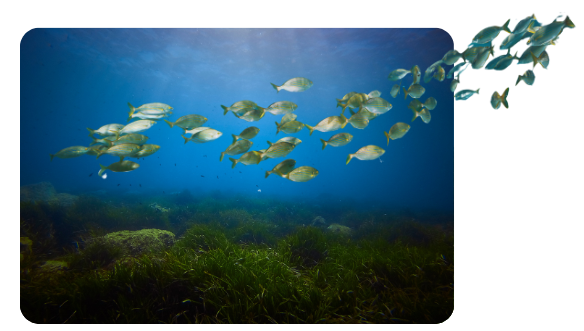Story
PML scientist joins RRS Sir David Attenborough for polar science trials in Antarctica
04 February 2023
The trials are a critical milestone in the commissioning of the ship

Chemical oceanographer Malcolm Woodward is currently onboard the UK’s new polar ship RRS Sir David Attenborough which began its polar science trials in Antarctica this week.
Operated by the British Antarctic Survey (BAS) and owned by UKRI-NERC, the ship provides a platform for the UK polar community to do research in the Polar Regions.

A team of 30 national and international scientists, engineers and technical staff departed the Falkland Islands on January 31st for almost two months of science capability trials – the first to test the ship’s science capabilities in deep polar waters.
The team will run a range of scientific equipment and systems – several for the first time – to test equipment covering physical oceanography, chemistry, and marine biology. They will also work collaboratively to test out the large laboratory facilities to do multidisciplinary research.
Malcolm, who has been working as part of the ship’s commission group, is Head of PML’s Nutrient Facility and specialises in nitrogen cycling and nutrient studies of varying oceanic environments. He said:
“The ship has a number of new and unique facilities and I’m very excited to be a part of the trials, especially having been involved in the ship’s design from a UK marine chemistry perspective. Antarctica is a fascinating place to carry out research. It really is the “engine room’ which drives the flow of heat and nutrients right up across the rest of the globe.”
Dr Sophie Fielding, Science Capability Coordinator for RRS Sir David Attenborough, is co-leading the polar science trials. She says:
“This is a really exciting milestone moment for the ship. It’s our chance to work collaboratively with scientists, engineers, technicians and ship’s crew to test all the new and exciting science capability we have. There are winches that will allow us to sample animals that live on the sea floor, deeper than we’re ever done before and new equipment to enable us to sample trace metals in the ocean using a dedicated clean chemistry system.
“We are carrying out these trials to test all science equipment and or systems to make sure they all work successfully, and we’re looking forward to putting the ship’s science capability through its paces and doing some cutting edge science at the same time.”

More information about the RRS Sir David Attenborough
The ship will spend around seven weeks testing its science capability around the Antarctic Peninsula as well as deploying a mooring in the Weddell Sea and transporting personnel between stations.
The team will test and use a wide range of the SDA’s science equipment for the first time in polar waters. This includes:
- CTD package (which measures conductivity, depth and temperature) deployments, both stainless steel and titanium (clean chemistry)
- deploying a multi-corer to collect sediment cores
- equipment deployed at depth to collect deep sea animals (much deeper than previously done by BAS on its ships)
- deployment of a mooring in the Weddell Sea to collect oceanographic data (for Piccolo science project)
- deployment of a sediment trap mooring west of Signy to collect sinking organic matter and measure carbon export (for BIOPOLE project)
- deployment of Argo floats including two new enhanced biogeochemical floats, which profile through the water collecting ocean properties such as temperature, salinity (for the Met Office) and for new floats pH, chlorophyll and dissolved oxygen (Piccolo science project)
- use of a dedicated clean chemistry system to measure trace metals such as iron and its role in carbon export (Race:Trax project).
RRS Sir David Attenborough has state-of-the-art acoustic instruments that help researchers to visualise features in the water and seabed. For example, the ship is fitted with two multibeam echosounders – instruments which researchers use to map the seafloor – as well as instruments to identify animals in the ocean, such as schools of fish, and collect information about water currents.
It also has nine scientific winches, with a combined 61,000m of cable, are used to deploy scientific equipment to investigate the Southern Ocean’s unique ecosystems. The ship also has a moon pool – a four-by-four metre hole through the middle of the ship – through which researchers can deploy instruments, even when in ice
Keep up to date on the polar science trials here: https://www.bas.ac.uk/polar-operations/sites-and-facilities/ship/sda-science-trials/ and via social media channels by following #SDAscience
Images/footage courtesy of British Antarctic Survey / @BAS
